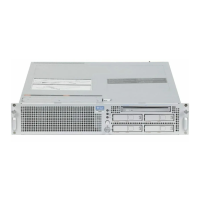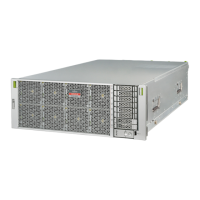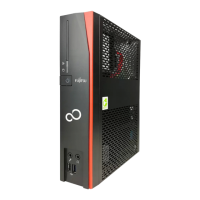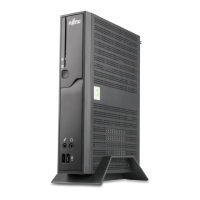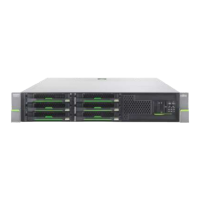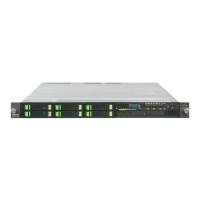Chapter 4 Operation of the Server 4-9
Note – 8GB DIMM is supported in XCP1081 or later.
"Type" in the CPU/Memory board unit information is supported in XCP1090 or later
on M8000/M9000 servers.
"Type" in the Motherboard unit information is supported in XCP1100 or later on
M4000/M5000 servers.
"Type" in the I/O unit information is supported in XCP1100 or later on
M4000/M5000/M8000/M9000 servers.
The "Type" information for the CPU/Memory board unit, Motherboard unit, and
I/O unit may be identified by a letter or number, such as "Type:A" or "Type:1". A
larger letter or number indicates that a newer version of hardware is installed.
The power type in the Power supply unit information is supported in XCP1091 or
later on M3000 server.
4.2 Display Domain Information
This section describes methods for checking the configuration and status of a
domain.
Note – For details on domain management, configuration and each command, see
Chapter 2, the XSCF Reference Manual, or the Administration Guide.
Commands Used to Display Domain Information
Execute the following commands individually, as appropriate. For details of
commands, see Chapter 5.
■ showdcl
■ showboards
■ showdomainstatus
■ version
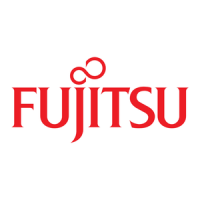
